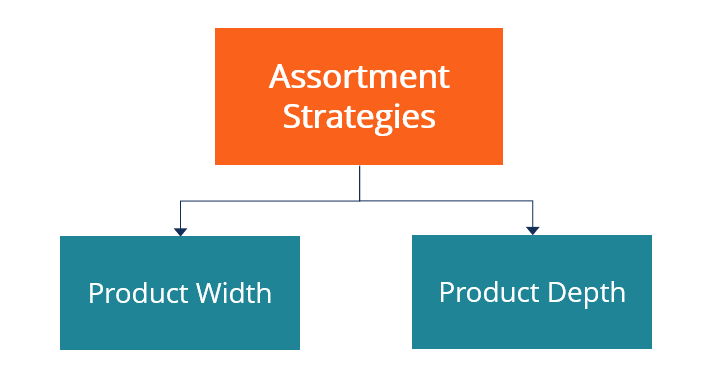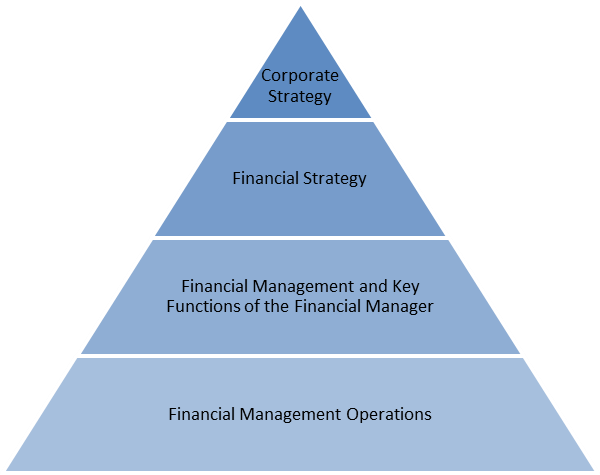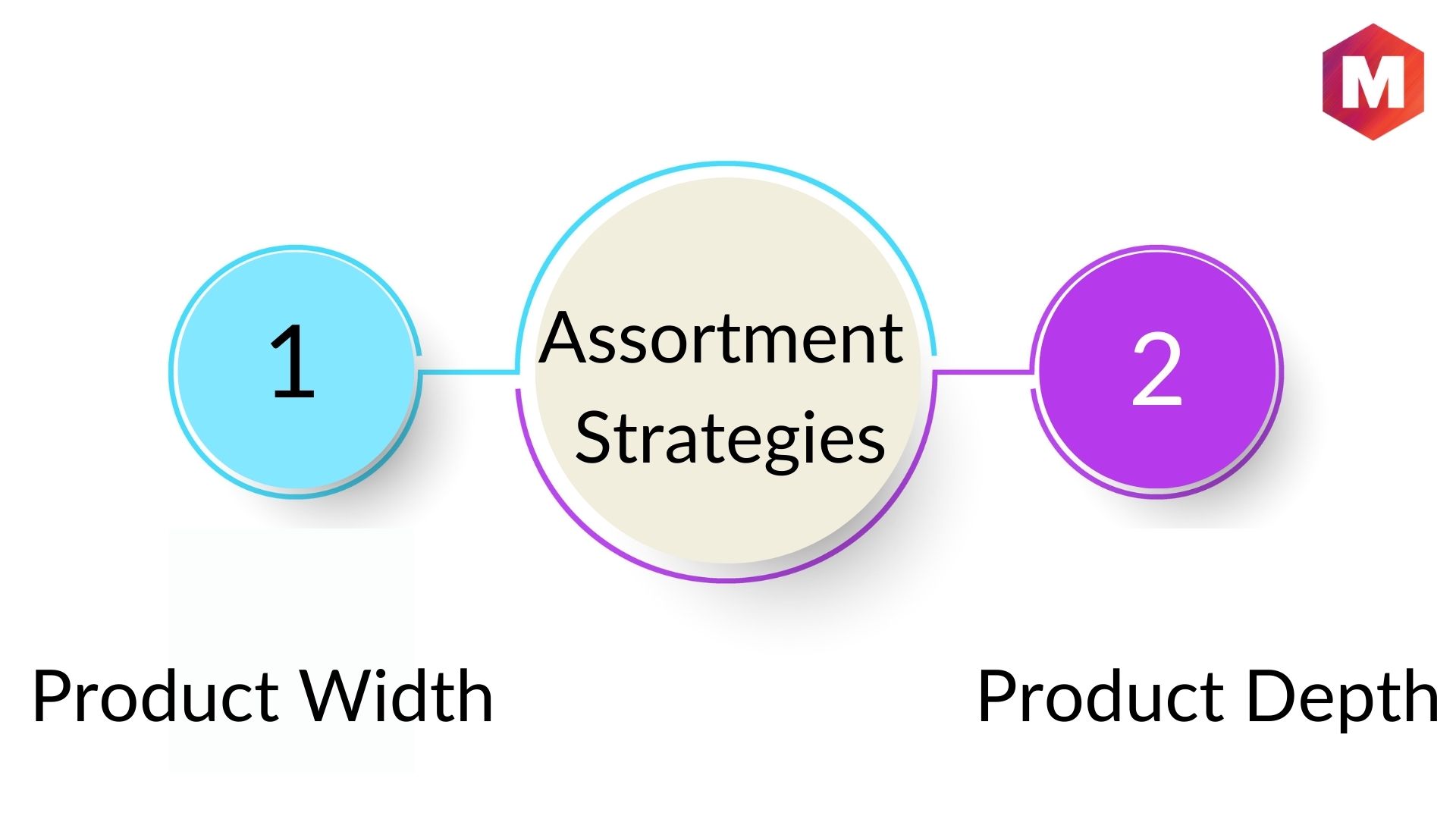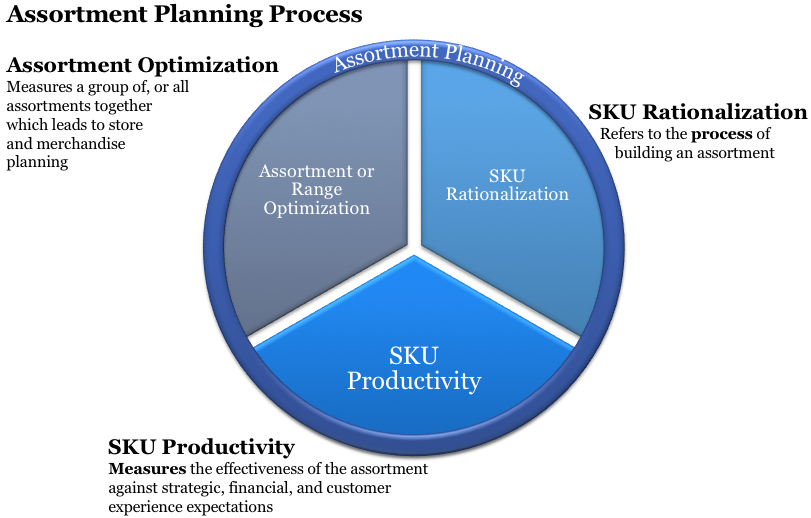Assortment Strategies are an important part of any successful business’s overall strategy. These strategies involve creating a carefully planned and balanced selection of products or services that are available for purchase. By carefully analyzing customer needs, developing a clear understanding of the competition, and making sure that the right product mix is available, businesses can maximize their profits and remain competitive in their markets. This article will explore what Assortment Strategies are, why they are important, and how businesses can use them to stay ahead of the competition.
Advantages of Utilizing Assortment Strategies

Assortment strategies are a great way for businesses to maximize their profits and stay competitive in the market. Utilizing assortment strategies can have a number of advantages, such as broadening the product range, increasing customer satisfaction, and allowing brands to experiment with different product combinations. By having a wide selection of products, businesses can attract a larger customer base, as well as make more informed decisions about pricing and stocking. Additionally, assortment strategies can help businesses identify what products are selling well, as well as which ones need to be discounted in order to increase demand. This allows businesses to adjust their products and pricing to maximize their profits. Furthermore, assortment strategies can help businesses stay ahead of the competition by introducing new products quickly and effectively. By utilizing assortment strategies, businesses can stay on top of the latest trends and developments, giving them an edge over their rivals.
Different Types of Assortment Strategies

Assortment strategies are all about making sure that you’re stocking the right products in your store. It’s a key part of successful retailing, as it ensures you’re able to meet the needs of your customers. When it comes to assortment strategies, there are several different types you can use. The most popular is the product line assortment strategy, which involves organizing your products into related categories and using a variety of features and benefits to differentiate them. You can also opt for a mix-and-match strategy, which entails offering products from multiple brands in the same category. This allows you to provide customers with more variety and choice. Or, you can go for a category management strategy, which involves closely tracking sales and stocking the most popular items in that category. Assortment strategies are an essential part of successful retailing, as they help you ensure you’re providing the products that customers actually want.
Understanding the Impact of Assortment Strategies on Sales

Assortment strategies have a major impact on sales, and understanding how they work is essential for any business looking to increase their revenue. Assortment strategies are all about diversifying the products that you offer in order to maximize customer satisfaction. Finding the right balance between the variety of products you offer, and the cost of stocking them, is key to success. By carefully considering customer needs, preferences, and budgets, you can create an assortment that resonates with customers and drives sales. Additionally, assortment strategies can be used to test out new products and services to see how they perform in the market. Knowing the right assortment of items to stock and when to make changes can help any business increase their bottom line.
Developing the Right Assortment Strategy for Your Business

Developing the right assortment strategy for your business is key for success. Having the right mix of products and services is essential to attract and retain customers, as well as to increase sales. Your assortment strategy should be tailored to your target customers, while also taking into account the competition in your market. A good assortment strategy should include a mix of products that are tailored to the needs of your customers, while also taking into account the competition. When developing your assortment strategy, consider the features and benefits of each product, the pricing, the availability, and the overall customer experience. Additionally, consider how you can use your assortment strategy to differentiate your business from competitors. With the right assortment strategy in place, you can maximize your sales and grow your business.
How to Measure the Success of Your Assortment Strategy

Measuring the success of your assortment strategy is essential for businesses of all sizes. Even though there is no one-size-fits-all solution, there are several key metrics to consider when evaluating your assortment strategy. These metrics include sales, customer feedback, product availability, and inventory management. Sales performance is a great indicator of how successful your assortment strategy has been. Customer feedback can provide valuable insights into how customers feel about the assortment of products available to them. Product availability can help you understand how well your assortment strategy is working to meet customer demand. Finally, inventory management can help you gauge how efficiently your assortment strategy is helping you manage inventory levels. By monitoring these metrics, you can get a better idea of how successful your assortment strategy has been.




